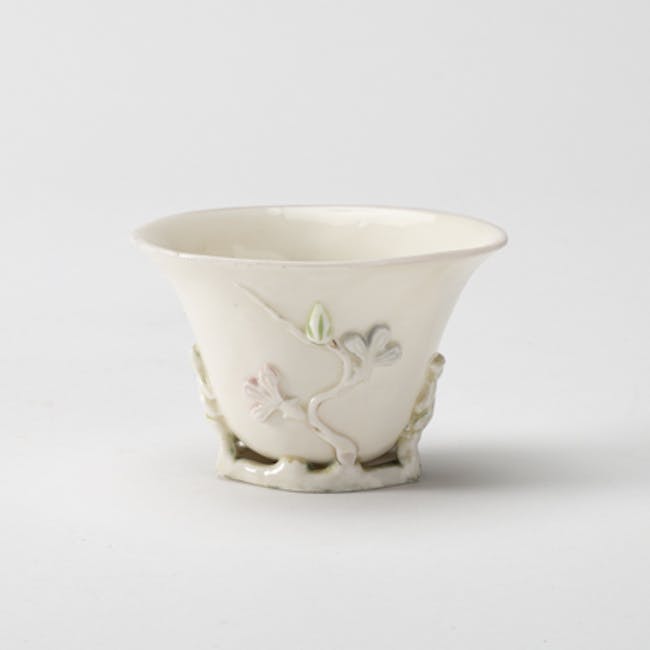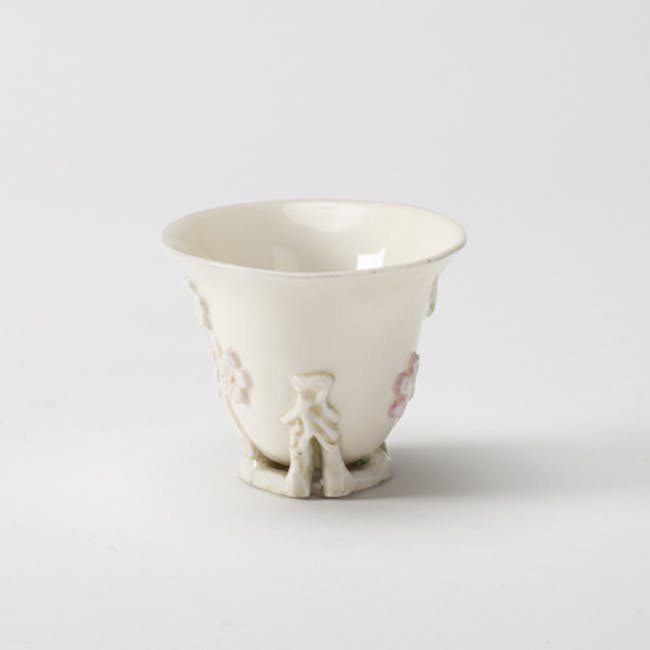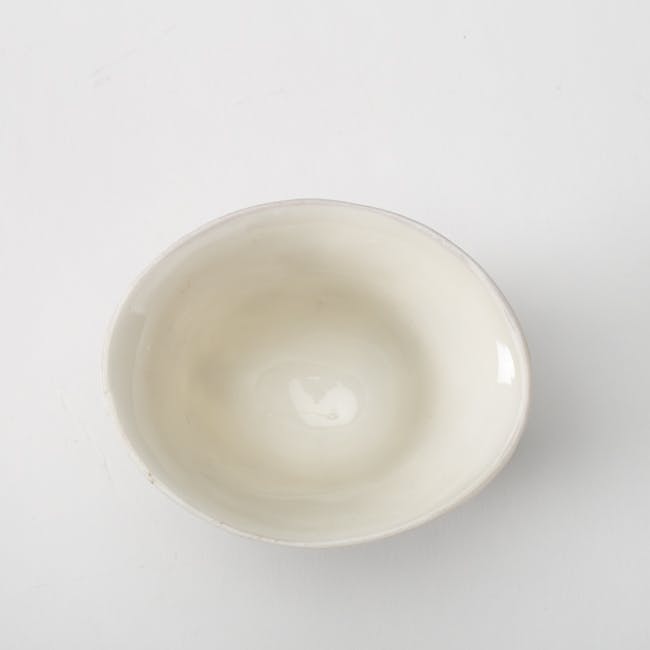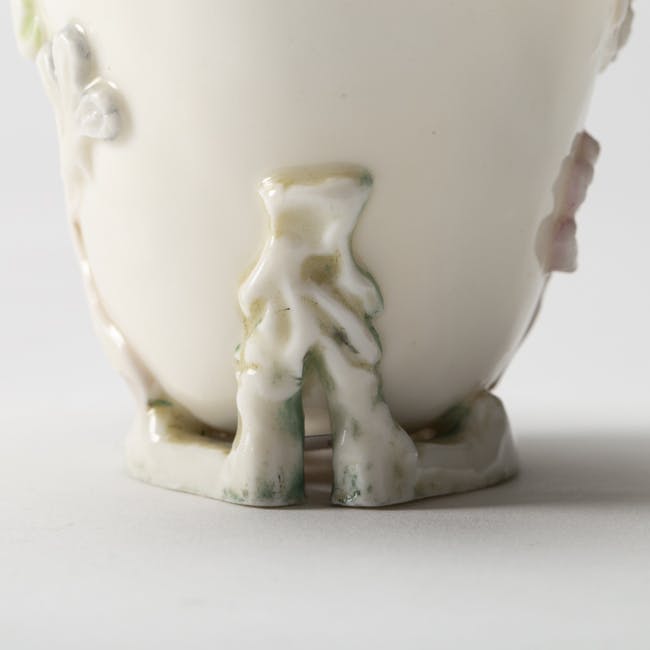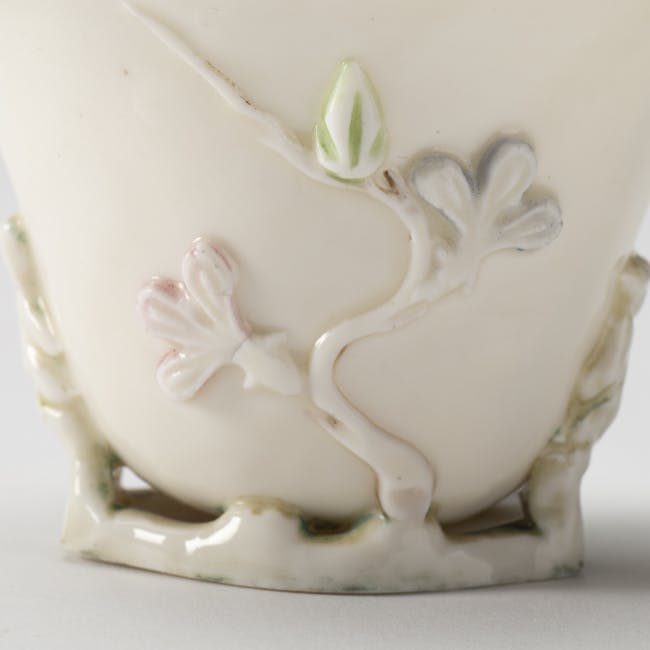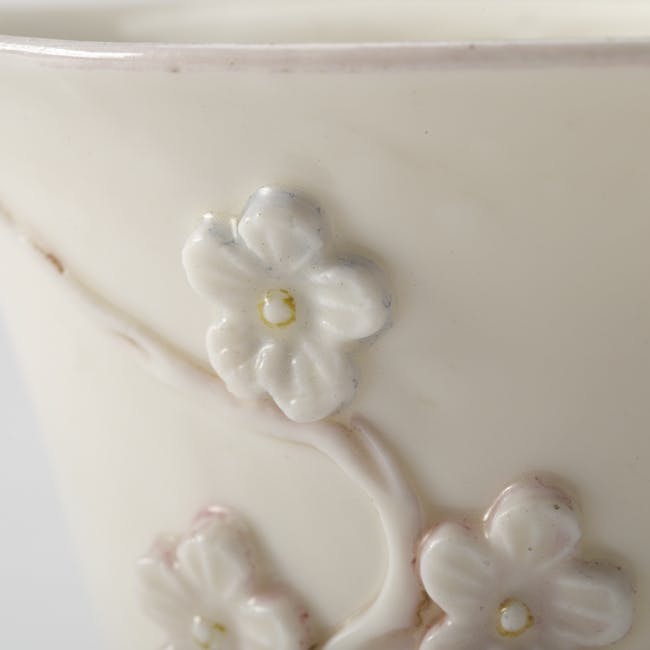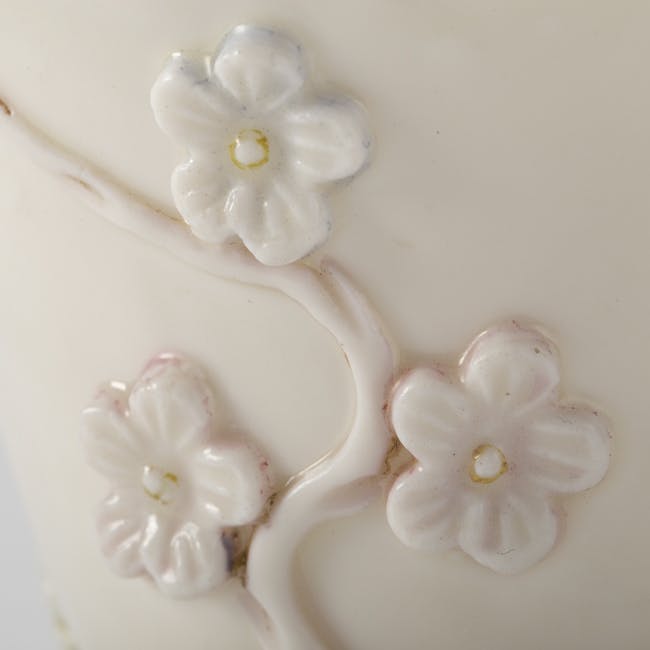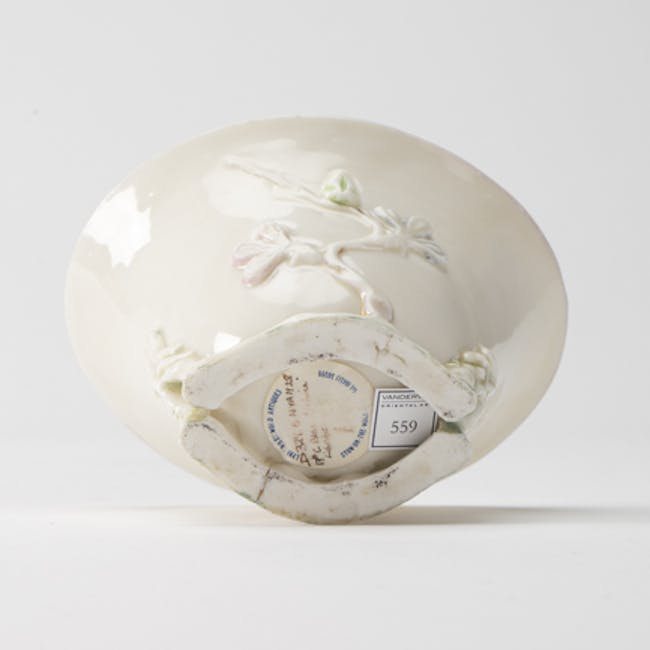- John Ayers, Chinese and Japanese Art in the Royal Collection of her Majesty the Queen Vol I,-III London, 2016, vol 1 p.72 nr. 111-131
J- .M. Cochius, Blanc de Chine, Katalogus wit geglazuurd Chinees porselein uit Têhua en enige verwante stukken, Exhibition Catalogue Groninger Museum, Gronginen,1974
- P.J. Donnelly, Blanc de Chine, New York 1969, pl 27
- David S. Howard & John Ayers, China for the West; Chinese Porcelain and other Decorative Arts for Export illustrated from the Mottahedeh Collection - Volume I. London / New York, 1978, p.102
- R. Soame Jenyns & W. Watson, Chinese Art: Textiles, Glass and Painting on Glass, Carvings in Ivory and Rhinoceros Horn, Carvings in Hardstones, Snuff Bottles, Inkcakes & Inkstones, Oxford, 1981 p.169
- Rose Kerr & John Ayers, Blanc de Chine Porcelain from Dehua, Chicago, 2002, p.nr.120
- Maria Penkala, Magic Blanc de Chine – A guide for the Collector and Dealer, Schiedam,1980, p.152 pl. XXXVII & XXXVII
- William R. Sargent, Treasures of Chinese Export Porcelain, from the Peabody Essex Museum, New Haven / London, 2012, p.204 nr.96

